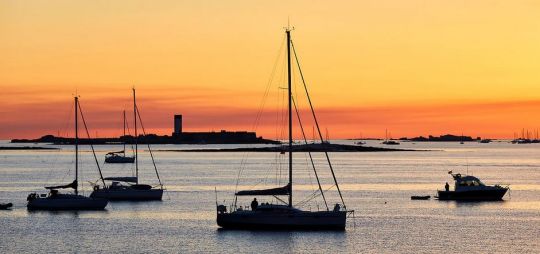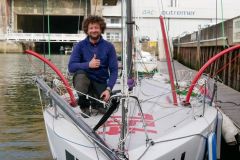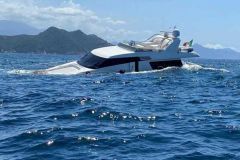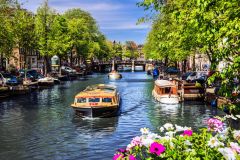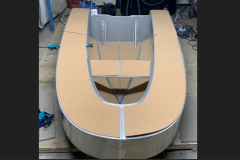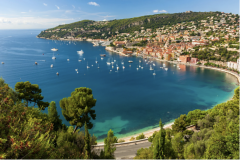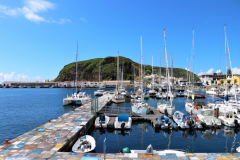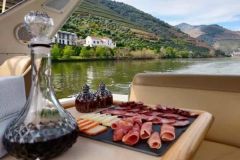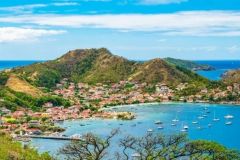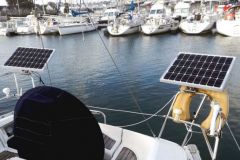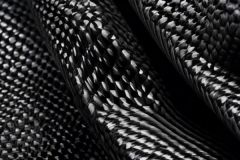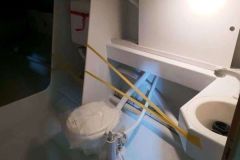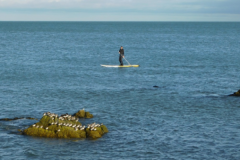The regulations are clear
The Water Act provides that all recreational vessels built from 2008 onwards and equipped with toilets must be equipped either with a holding tank (black water tank) or a sewage treatment system.
Discharges of black, grey or bilge water are strictly prohibited in ports and within the 3 nautical mile zone.
The discharge of black water is possible beyond 3 miles provided that the vessel is equipped with a crushing and disinfection system. The discharge must be carried out at a speed of at least 4 knots.
But more and more ports or anchorage areas are only accessible if the ship has a sewage retention system. On the other hand, each port must have reception facilities for waste and sewage from ships.
In other words, the quality of the anchorage and the bathing depends on our behaviour. If most of us take the trouble to empty our waste very far out at sea, a few of us throw everything back into the sea at the very place of call..
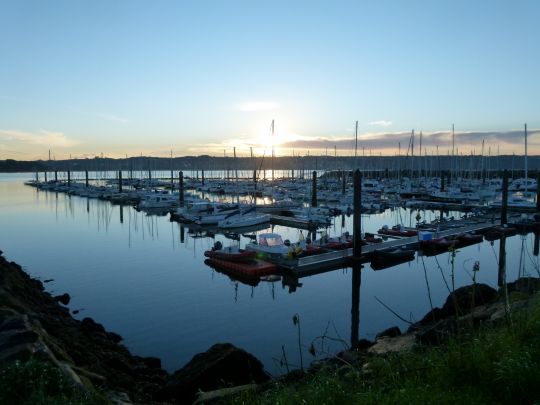
Increasingly, marinas are being equipped and offer free access to their facilities, thus contributing to the quality of the water and more broadly to an increasingly shared environmental logic.
In spite of this effort of port infrastructures, it has to be noted that the installations are under-utilised!
Questioned the directors of the ports of Concarneau, Port La Forêt and Brest-Moulin Blanc are unanimous. The facilities exist, they are free, easy to access 7 days a week and unfortunately little used.
In Brest, Jonathan Goguer explains to us that out of a capacity of 1400 places and 150 visitor places, for the year 2020 the meter recorded 30 hours of use of the water recovery station. This seems little for so many boats.
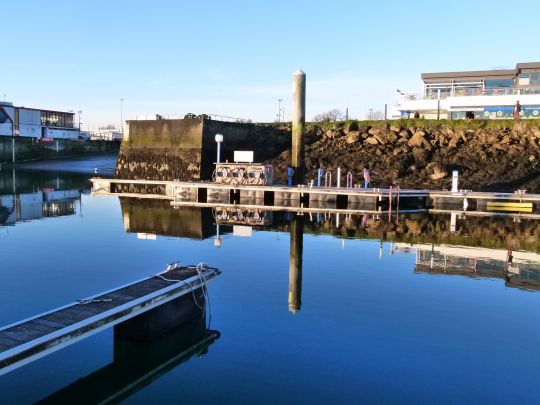
In Port La Forêt, Frédéric Boccou, counts 6 uses of the wastewater treatment plant for the year 2020. The station, which is judiciously placed next to the fuel pumps, is easily accessible and the yachtsman benefits from the help of a port operator to simplify and guarantee the manoeuvre.
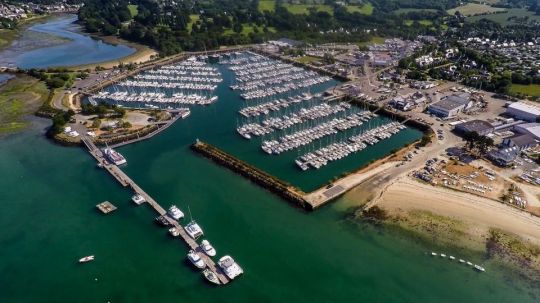
According to Frédéric, the average age of the boats is an important factor. Indeed, from his point of view, only 1% of the boats would be equipped with waste water tanks. We will therefore have to wait for a renewal of the fleet. As a reminder, only boats built after 2008 are obligatorily equipped with waste water tanks. Today the average age of a pleasure boat is 23 years and 80% of boats were built before 2000 (source ODIT France - the pleasure boat market)
At Concarneau, Arnaud Ricard plans to completely modify its facilities to make them even simpler to use. Indeed, even though the port operators take care of everything in place of the yachtsmen, usage remains low.
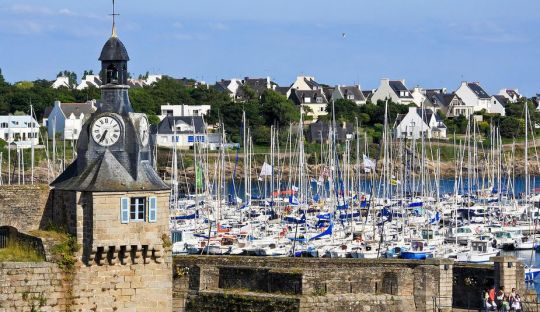
It also plans to strengthen communication on this aspect of seabed preservation, perhaps with the Biological Station of the nearby National Museum of Natural History.
For the three port managers contacted: information, knowledge of the marine environment and the impact of waste water must be able to change the behaviour of each yachtsman.
Aren't our sailboats and launches partly responsible for the deterioration of coastal water quality?
Are our beautiful anchorage areas and little corners of paradise spots of pollution?
Let's make more efforts to continue sailing and stop in clear waters where it is good to swim.
